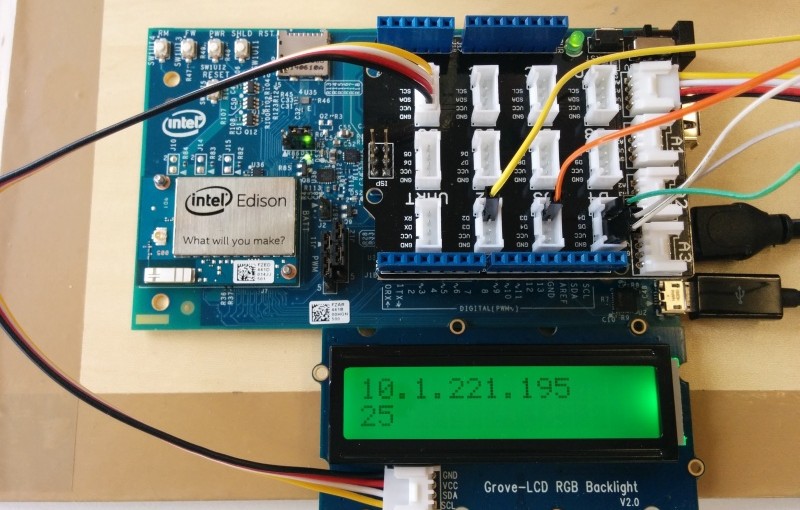tl;dr
Event organization: C, Food: D-, Swag: F, Technical Ease of Use: D, Usefulness In The Real World: F
The Long Story
This is the retrospective on the Deutsche Bahn hackathon I attended in early May. It was also the first one I attended where the prizes were so tiny, and the goals so relatively preordained, as to be a complete waste of my time.
Here was the challenge: Deutsche Bahn would export a bunch of their operations data into CSV, SQlite, and other formats. Participants would take that data and attempt to utilize it in some way to help Deutsche Bahn’s bottom line. The winner would receive a “prize” of being allowed to present / pitch the results of their hack to people at Deutsche Bahn. Wow. You don’t say? In this case, the benefits accrued only to Deutsche Bahn. There were no real intermediate prizes, no smart watches, or doodads of little intrinsic value but plenty of hype value. This was not a hackathon where the benefits of spending 24 hours hacking on someone’s code or API would lead to some better outcome for the participant, not even indirectly.


